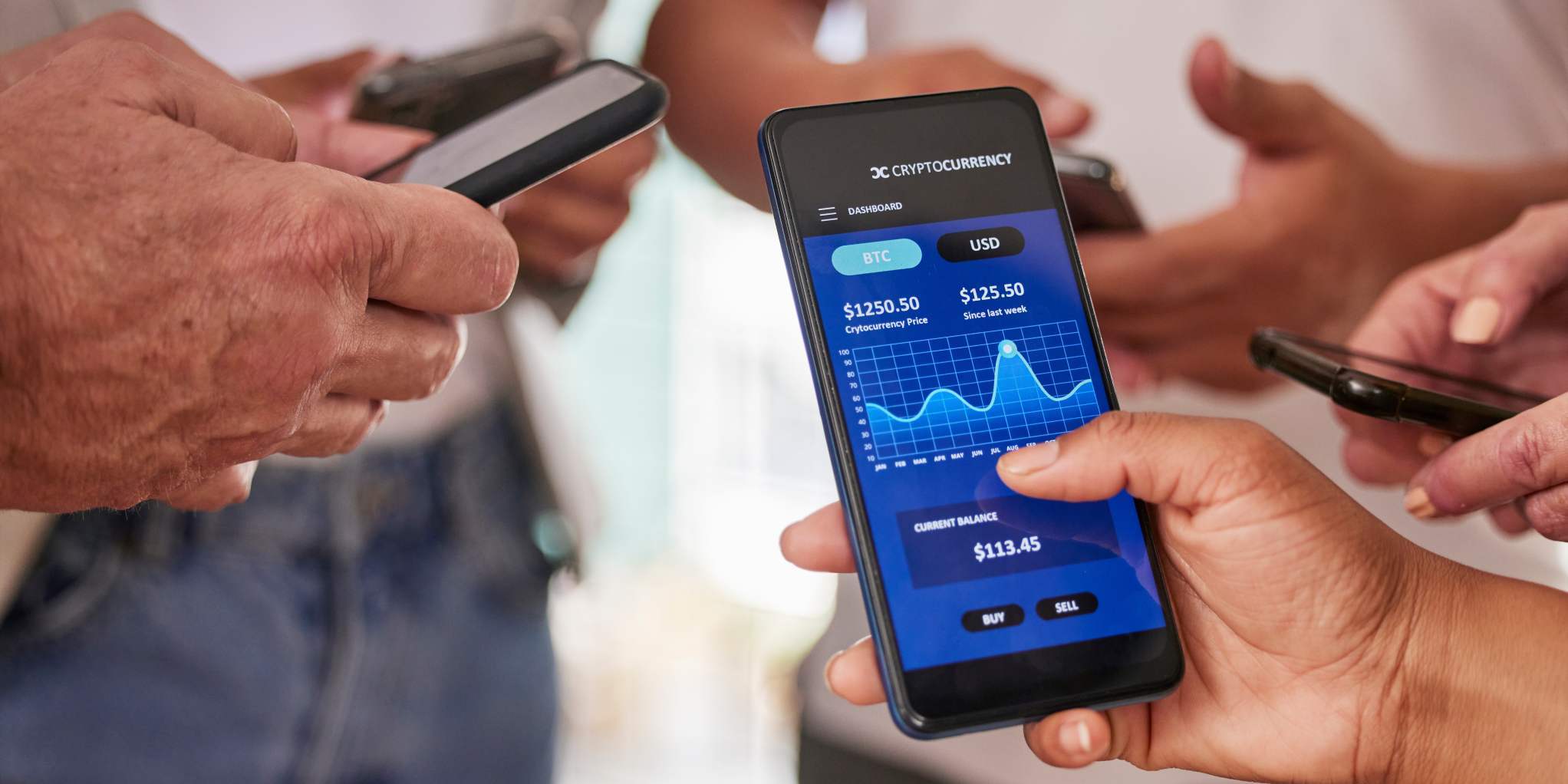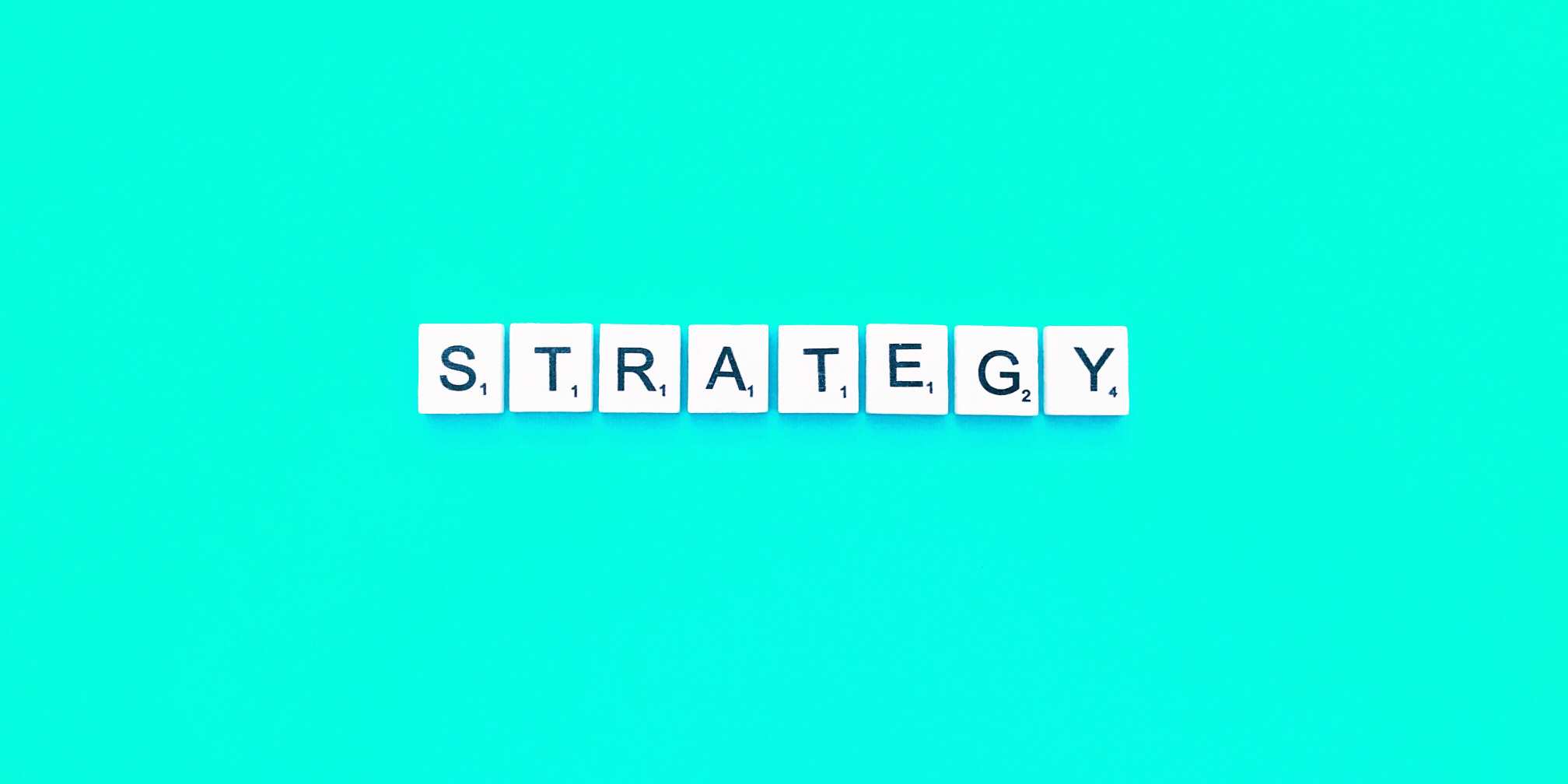The PLG revolution promised frictionless growth: launch a great product, let users onboard themselves, and watch adoption compound. For many SaaS firms, this works beautifully... until it doesn’t. At a certain scale, particularly when your buyers include large organisations with complex compliance and procurement processes, the product alone stops closing the deal. Users still sign up and explore, but expansion stalls when questions about security, ROI validation, integrations, and executive sponsorship arise.
TL;DRProduct-led growth (PLG) drives adoption, but it can stall when deal sizes rise and enterprise buyers demand validation. The key is knowing exactly when to add a human touch and how to operationalise that moment inside your CRM. This guide shows how to identify enterprise-readiness signals, design seamless handoffs, and protect the self-serve flywheel while unlocking high-value sales opportunities. |
Reframing PLG for the Enterprise Moment
Paul Sullivan, Founder of ARISE GTM and an experienced CRO, has seen this tension firsthand while helping a US-based GovTech platform prepare for launch. “Pure PLG is fantastic for market entry and SMB adoption,” he explains, “but if you’re aiming for bigger contracts, government, enterprise, regulated industries, you can’t wait for users to self-upgrade forever. Sales has to show up, but only when it’s a value add, not a nuisance.”
This hybrid challenge, balancing self-serve freedom with well-timed sales involvement, defines the next chapter of SaaS go-to-market strategy.
Why the PLG Engine Alone Starts to Sputter
Self-serve adoption thrives on speed and autonomy. Users can explore, activate, and expand without friction. But several predictable friction points eventually appear. Enterprise buyers start asking for SOC 2 or ISO 27001 compliance before expanding.
Admins demand role-based access controls (RBAC) or SSO to scale safely. Procurement departments emerge, bringing security reviews and contract negotiations that no in-app tooltip can solve. And at the same time, the growth loops that once propelled seat expansion, product-led invites, viral sharing, and usage-triggered in-app messages plateau as the tool reaches its organic saturation point.
When these moments hit, companies without a sales-assist plan often see adoption stall or churn. As Paul notes, “I’ve watched great PLG flywheels stall because nobody owned the enterprise conversation. Users hit a compliance wall, or a CFO demanded ROI evidence, and there was no human ready to step in with the right story.”
It’s not just about missing deals; it’s about missed momentum. When expansion interest surfaces and no one acts, competitors with proactive sales teams can swoop in.
For deeper context on how PLG loops falter without nurturing, Paul points to Why a lack of in-app onboarding and nurture starves PLG SaaS growth.
Reading the Right Enterprise-Readiness Signals
The difference between smart and clumsy sales-assist lies in signal detection. Guesswork, like calling any free user who logs in twice, is how sales teams waste time and break trust. Paul emphasises behavioural and organisational triggers instead.
When multiple teams begin onboarding across an organisation, it signals internal traction. Sustained, intensive use of core and advanced features across departments suggests the product is no longer a single team’s experiment but a growing organisational dependency.
The arrival of IT administrators, API usage, or custom integration requests shows technical embedding. And when legal or procurement asks for security questionnaires, compliance documentation, or data-processing addenda, it’s a flashing beacon that the account is moving upmarket.
Conversely, a sudden stall in seat growth or a drop in engagement can also justify outreach, but with a retention and success lens rather than hard selling. “A usage drop among key decision-makers is an opportunity for proactive sales or success to unblock value, not just pitch,” Paul advises.
For more on triggering sales through product insights, see PLG GTM levers: 15 in-app tactics to accelerate SaaS growth.
Turning Signals Into Seamless CRM Handoffs
Catching signals is only half the challenge. The next is operationalising them so sales can act without confusion or delay. Too often, reps receive leads devoid of context: a company name, maybe an email, and little insight into what the user has done in-product.
Paul has refined a three-part model inside HubSpot that avoids this pitfall. First, automated workflows progress accounts through lifecycle stages, from marketing-qualified to product-qualified to sales-qualified, based on clear behavioural triggers.
These workflows also create time-bound tasks for reps and notify managers if service-level agreements slip, so no promising lead languishes.
Second, custom objects capture granular product data that standard CRM fields can’t hold. Usage thresholds, feature activation details, admin status, and security review flags can all live in these objects and stay linked to the company record. This gives reps a single, actionable view of product engagement.
Finally, sales playbooks and contextual notes travel with each lead. These aren’t scripts; they’re concise snapshots of the product journey, pain points encountered, and the specific enterprise trigger that prompted sales involvement. When a rep reaches out, they know exactly why they’re calling, and so does the buyer.
Dashboards then unify visibility across marketing and sales leadership, showing handoff velocity, untouched PQLs, and pipeline movement from self-serve to assisted expansion. The result is a controlled, accountable hybrid motion rather than ad hoc outreach.
The CRO’s Real Fears About Going Hybrid
Moving from pure PLG to sales-assist isn’t just a technical migration; it’s an emotional and cultural one. CROs and VPs of Sales worry about chasing low-value free users and driving up customer acquisition cost.
They fear scaring off the very users who love frictionless adoption by introducing pushy sales processes. They worry their product, originally built for easy sign-up, may lack the enterprise features, compliance, or administrative controls that high-value buyers expect, risking embarrassing stalls deep in the sales cycle.
There’s also a leadership anxiety around team capability. Product-led organisations often have marketers and product managers accustomed to experimentation and user-first messaging. Layering in enterprise sales requires new skill sets, structured qualification, and sometimes entirely new hires.
As Paul puts it, “Scaling revenue while staying product-led is a delicate act. Get it wrong, and you either lose your flywheel or fail to land the big deals that fuel scale.”
Recognising and openly addressing these fears can be the first step to a smooth transition.
Avoiding Wasted Sales Effort Without Missing Whales
The nightmare scenario is sales reps cold-calling every free user who signed up last week. It’s expensive, demoralising, and quickly erodes PLG goodwill. The counter nightmare is missing a whale account because nobody acted when the signals were obvious.
Paul solves this by combining product-qualified lead (PQL) scoring with usage segmentation. Instead of treating all free accounts equally, he recommends scoring for meaningful behaviour: cross-team adoption, activation of advanced features, involvement of admins or execs, and signals like pricing page visits or enterprise support tickets.
Once accounts hit these thresholds, CRM automation alerts the sales team and assigns tasks. Lower-value segments remain in marketing-led nurture streams, supported by automated onboarding, in-app prompts, and lifecycle marketing sequences.
This ensures sales spends its energy where expansion potential and risk of churn intersect, while automation sustains the long tail of smaller users.
The Tech Backbone of a Hybrid Motion
Behind the scenes, a successful hybrid GTM depends on data infrastructure:
- Product analytics tools such as Amplitude or Mixpanel track usage in detail, while platforms like Optimizely allow growth teams to test in-app nudges.
- Onboarding and guidance layers, Chameleon and Pendo, deliver contextual help and feature adoption flows.
- Customer.io and HubSpot work together to nurture users with lifecycle campaigns and trigger sales alerts when behaviours warrant a handoff.
- Segment stitches the entire data flow together, routing real-time events to the CRM.
At ARISE GTM, these systems are further enhanced by BI and AI intelligence from the Business Intelligence Services. This extra layer helps surface expansion signals and churn risk earlier, allowing sales to engage proactively and with precision.
Measuring Success in the Hybrid Era
No transition should happen without clear success metrics. Paul typically frames outcomes around trial-to-paid conversion uplift, annual contract value (ACV) growth per converted account, and time-to-value reduction, proving that the hybrid model accelerates ROI for users.
Sales cycle compression is another critical indicator: when signals and handoffs work, expansion deals move faster. Finally, the efficiency of sales-assist conversion (PQL to SQL to closed-won) shows whether reps are spending their time on the right accounts.
These metrics integrate well with qualification frameworks like MEDDPICC, which Paul is certified in. Economic buyers, decision criteria, and compelling events can be layered into PQL handoffs so that reps qualify deeply without derailing the product-led motion.
For more context on measuring PLG-driven sales, Paul references Product-led growth metrics and Sales strategy in B2B SaaS.
Where the ARISE™ Methodology Fits
This is precisely the kind of complex go-to-market challenge the ARISE™ Methodology was built to solve. Assessing the current PLG motion, researching usage behaviour, ideating the right trigger points, strategising the CRM and playbook architecture, and executing the plan in real systems, these steps make hybrid GTM repeatable rather than experimental.
Paul explains, “In the Strategise stage, we map signals, codify handoff rules, and lock in the tech stack so marketing, product, and sales can play in one coordinated system. It’s about creating a shared language and reliable triggers so nobody argues over when to call.”
For fast-scaling SaaS companies, especially those moving upmarket, this alignment prevents cultural friction, wasted spend, and missed enterprise deals.
Closing Thought: Adding a Human Touch Without Breaking Growth
The shift from pure PLG to a hybrid model isn’t about abandoning self-serve. It’s about protecting and amplifying it while capturing revenue that only humans can unlock.
When sales show up at the right moment, backed by product signals, armed with context, and welcomed by buyers, it drives expansion rather than interruption.
If your SaaS organisation is wrestling with this balance, ARISE GTM helps orchestrate the change without losing the DNA that made PLG powerful in the first place.
Ready to align PLG and sales without breaking growth?
Let’s strategise, operationalise, and ascend your go-to-market. Book a consultation with ARISE GTM.
Expanded FAQs
1. What exactly does “blending PLG and enterprise sales” mean?
It means keeping the self-serve motion as the entry point while adding human sales at key inflexion moments. Users adopt and expand on their own until their behaviour signals readiness for a more complex sale, such as requiring security reviews, scaling beyond departmental boundaries, or exploring enterprise pricing. Sales then steps in with context to help navigate procurement, compliance, and ROI validation.
2. How can I avoid disrupting the self-serve flywheel when adding sales?
The key is timing and context. Introduce sales only when data shows the account is moving upmarket or encountering friction they can’t solve themselves.
Avoid mass outreach to new sign-ups. Instead, base handoffs on meaningful signals, such as cross-departmental adoption, admin involvement, and security or integration requests. When sales shows up with insight rather than a pitch, it enhances the user journey rather than breaking it.
3. What are product-qualified leads (PQLs) and why are they crucial here?
A PQL is an account that has demonstrated real product value through behaviour: frequent use of advanced features, growing seat count, or clear buying intent, like hitting pricing pages. In a hybrid model, PQLs define when sales should engage. They are more reliable than marketing-qualified leads because they come from in-product proof of value, not just content consumption.
4. What happens if sales gets involved too early?
Premature outreach can annoy users who are still experimenting, leading to lower activation and conversion. It can also inflate customer acquisition costs and burn sales capacity on accounts that won’t grow. Worse, it can shift the product’s perception from empowering to pushy, hurting long-term brand equity.
5. How do I track the signals that trigger sales involvement?
Instrument your product with analytics tools like Amplitude or Mixpanel to capture usage patterns. Route those events through Segment into your CRM. Create custom objects for behaviours such as team growth, admin activation, or security requests. Then automate workflows in systems like HubSpot to update lifecycle stages and alert sales when thresholds are met.
6. Which onboarding and activation tools help reduce time to value in PLG?
Platforms like Chameleon and Pendo guide users through advanced features with interactive tours. Amplitude and Mixpanel surface bottlenecks so you can improve activation. Customer.io and HubSpot deliver timely nurture messages based on usage. Reducing time to value ensures users hit meaningful outcomes faster, making them more likely to convert and expand.
7. How do I keep sales from chasing low-value free users?
Use scoring models that combine product engagement, account size, and intent. Automate segmentation so low-potential users remain in self-serve nurture tracks while high-potential PQLs trigger tasks for reps. Regularly audit the scoring model to ensure it reflects the behaviours of your best converting accounts.
8. How does MEDDPICC fit into a hybrid GTM motion?
Once sales engages, MEDDPICC provides structure. It helps reps qualify economic buyers, decision criteria, and compelling events without derailing the product-led journey. In practice, reps enter conversations already informed by product data and use MEDDPICC to confirm and advance deals efficiently.
9. Can ARISE GTM help implement this if my CRM is a mess?
Yes. ARISE GTM specialises in operationalising hybrid PLG + sales models inside CRMs like HubSpot. They design custom objects, workflows, and dashboards to capture product signals and automate handoffs, while coaching sales and marketing teams on how to work in the new model.
10. What KPIs should I measure to prove the hybrid model is working?
Look for trial-to-paid conversion lift, higher ACV among converted accounts, faster time to value, shorter sales cycles on expansion, and efficient conversion of PQLs to closed deals. If these metrics trend positively while the self-serve engine continues to bring new users, your hybrid approach is succeeding.
11. How soon should an early-stage SaaS company think about sales-assist?
Not from day one. Early PLG should focus on activation, virality, and retention. As soon as you see enterprise-style behaviour, multiple departments, security needs, and admin controls, start designing a light sales-assist motion. Waiting too long risks churn and competitor poaching; moving too soon kills momentum.
%20small.jpg)




